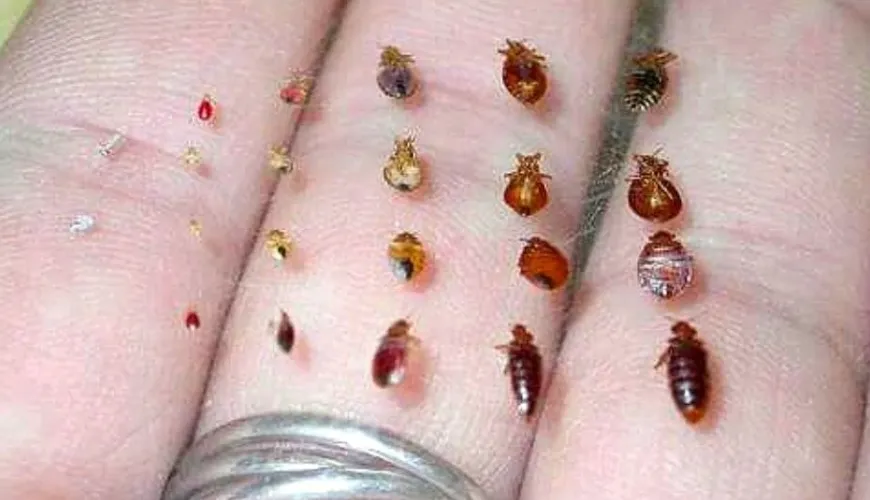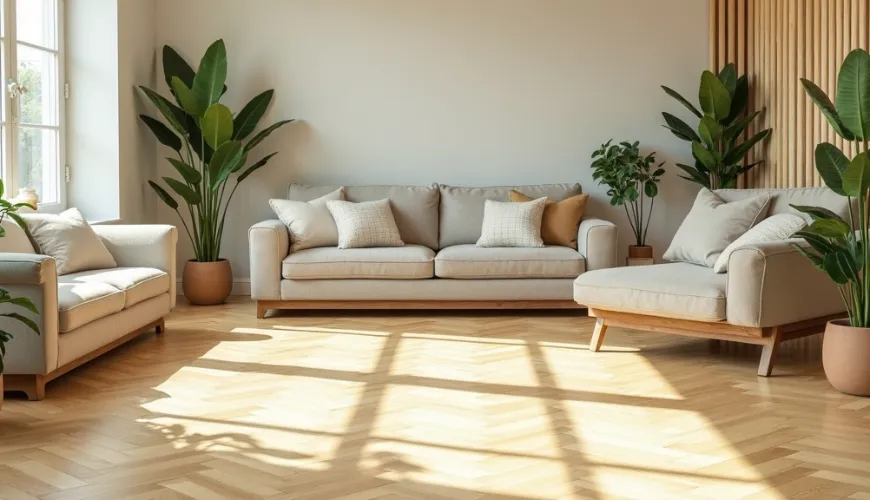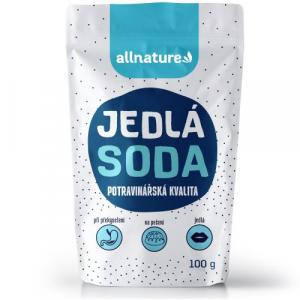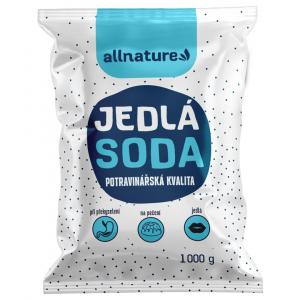
How to Clean Dingy Linoleum and Restore Its Shine Like New

How to Effectively Clean Dingy Linoleum and Restore Its Original Shine
Linoleum was once a staple in Czech households - from kitchens to hallways and even school classrooms. Although it has been partially replaced by more modern materials in recent years, it still holds its place due to its durability, low cost, and easy maintenance. However, it is not entirely maintenance-free. After years of use, it loses its shine, and colors begin to appear dingy. This raises the question: how to clean dingy linoleum to make it look like new again?
Linoleum is a specific type of flooring that differs from PVC due to its natural composition - it is made from linseed oil, resin, cork or wood dust, and limestone. This makes it eco-friendly and biodegradable, making it an ideal choice for a sustainable household. However, this also means it deserves gentle handling and proper care that won't damage its natural structure.
Why Linoleum Greys Over Time and What Actually Harms It
Dingy linoleum is not just an aesthetic problem. Dirt, settled dust, kitchen grease, or scuff marks create layers on the surface that make regular cleaning difficult. Additionally, UV rays and chemicals from harsh cleaning agents can lighten the material's color or, conversely, create unsightly stains. In some cases, the problem is even with the water itself - if linoleum is not properly sealed, excessive moisture can cause it to warp or lose its flexibility.
Especially in households with children or pets, linoleum wears out faster and loses its charm. Imagine, for example, a kitchen floor in the apartment of a young family, where daily cooking occurs, occasional spills happen, a child drops a fork, and the dog just ran in from the rain. After several months without more thorough cleaning, the floor no longer looks as fresh as it once did.
Getting Started - Basic Cleaning as the First Step
Before diving into deep cleaning, it's essential to perform a thorough basic cleaning. Sweeping or vacuuming all loose debris is a given. Next, we recommend simply wiping the floor with warm water and a gentle natural cleaner – ideally, an eco-friendly soap or vinegar solution. Vinegar is a popular choice in households due to its ability to dissolve grease and disinfect. However, it's important to dilute it correctly – too high a concentration can disrupt the protective layer of the linoleum. The recommended ratio is approximately 1 part vinegar to 10 parts water.
In this phase, you can follow a simple rule: less is more. Avoid using harsh bleaches, chlorine agents, or abrasive sponges that could irreversibly damage the surface.
Natural and Gentle Methods to Restore a Dingy Appearance
If regular mopping isn't enough and the linoleum still looks dull, it's time to move on to more intense yet still gentle methods. Here again, several eco-friendly options are available that won't harm your health or the environment.
One of the most effective methods is a paste made from baking soda and water. Baking soda is known for its abrasive yet non-aggressive effect. Mix it with a little water to create a thicker paste and gently rub it into dingy areas with a sponge. Let it sit for a while, then wipe with a damp cloth. You can repeat this process as needed.
Another natural alternative is lemon juice, which helps remove greasy stains and leaves a pleasant scent. Mix it with a little baking soda and apply it to dingy areas. This method is ideal for kitchen corners, where oil droplets, sauces, or food residues often occur.
For larger areas, you can choose a soapy solution made from natural Marseille soap – it's free of synthetic fragrances, gentle on materials, and skin-friendly. The advantage is that, in addition to cleaning, it also gently treats the linoleum.
Try our natural products
Reviving Shine and Long-Term Protection
Once the linoleum is clean, it's time to revitalize it. Even when the floor is clean, it may still appear dull or "tired." Here, waxing or treatment with natural oil comes into play. There are eco-friendly waxes or emulsions specifically designed for linoleum that create a protective film while intensifying the material's colors. It is recommended to apply a thin layer on a dry surface and then polish with a soft cloth.
A natural alternative can also be linseed oil, which is in line with the composition of the linoleum itself. Rub a small amount of oil into the surface and let it absorb – the floor will gain a gentle shine and be less prone to everyday wear and tear.
In a typical household, such treatment is recommended every few months. Not only will you enhance the interior's aesthetics, but you'll also extend the floor's lifespan. As well-known interior designer Anna H. says, "Caring for a floor is like caring for skin – when it's regular and gentle, it ages gracefully."
What Not to Do - Common Mistakes When Cleaning Linoleum
In pursuit of perfect cleanliness, people often resort to solutions that can do more harm than good. The most common mistake is using a steam cleaner – although tempting, the steam temperature can damage the linoleum's structure and cause it to warp. Similarly, it is not advisable to scrub the floor with metal brushes or use detergents containing alcohol, which dry out the surface and accelerate its aging.
Another common mistake is excessive soaking – linoleum is durable but not waterproof. Water can seep into the joints, causing swelling or mold growth. Therefore, it's always better to work with a well-wrung cloth and wipe the floor dry after cleaning.
Sustainability and Everyday Care
The best way to avoid complicated deep cleaning is regular and gentle maintenance. Daily sweeping or vacuuming of crumbs and dust prevents them from embedding into the floor's structure. Weekly mopping with a gentle, non-chemical cleaner keeps linoleum fresh and clean.
In the long run, investing in an entrance mat is also worthwhile – it catches the most dirt and reduces floor wear in hallways. If you have furniture with sharp legs, felt pads can be placed underneath to prevent scratches.
A real-life example? In a small-town elementary school, they decided to replace harsh chemicals with natural cleaning products and introduce regular care for linoleum floors. The result was not only a cleaner and more fragrant environment for the children but also longer-lasting floors – without the need for expensive renovations.
Caring for linoleum doesn't have to be a science, just understand the material and choose the right methods. When regularity, gentleness, and a natural approach come together, even dingy linoleum can be transformed into a floor that shines again. And not just in appearance, but also in the context of ecological responsibility, which more and more households are prioritizing today.




